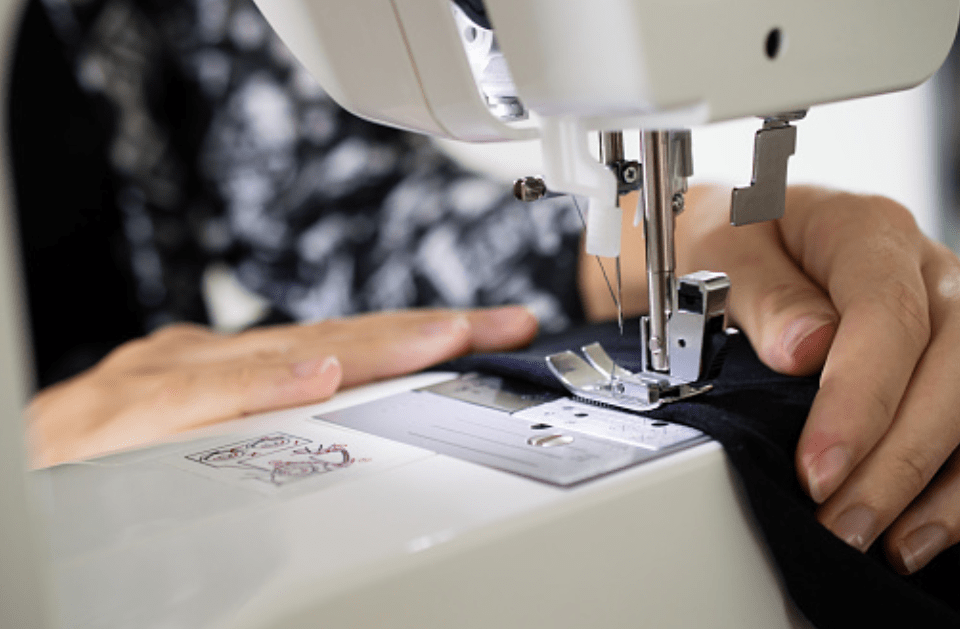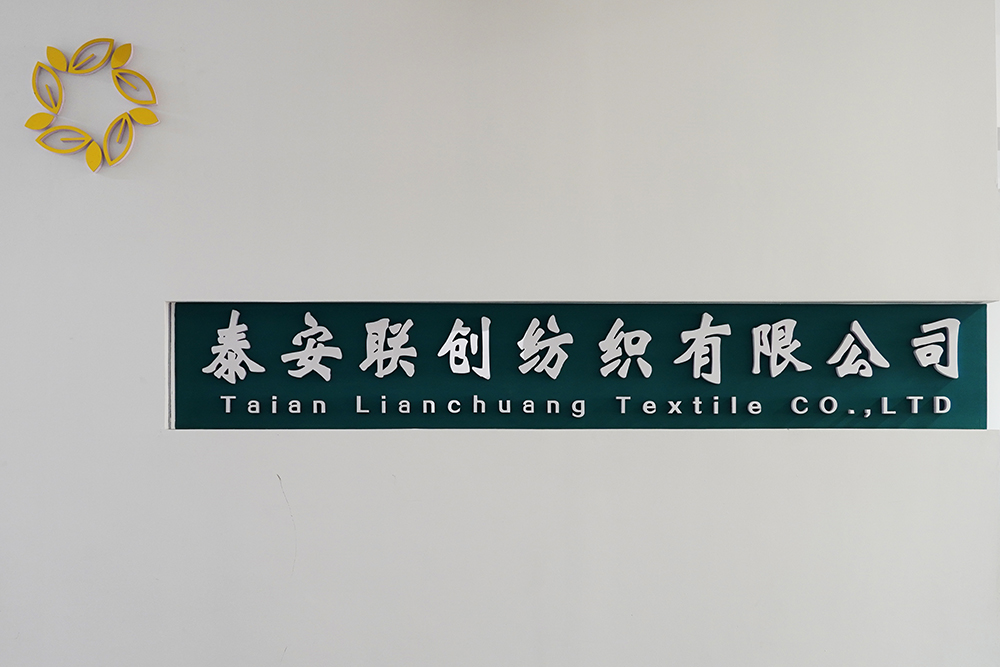
I am Hempspring, passionate about eco-friendly garment production. In this article, I explain what sustainable garment processing is and why it matters. I use simple language to help everyone understand how using organic cotton, bamboo, hemp, and other sustainable fabrics can protect our planet while meeting modern clothing needs.
Sustainable garment processing means designing and manufacturing clothes in a way that minimizes harm to the environment. It uses renewable resources, reduces waste, saves energy, and promotes ethical labor practices. I focus on custom organic fabrics that ensure a low-impact lifecycle from production to disposal.
This article transitions from basic definitions to a detailed look at sustainable practices in garment processing, offering practical insights for eco-conscious brands.
What makes a garment sustainable?
I explore the core elements that define a sustainable garment, from material choice to ethical production practices.
A garment is sustainable when made from organic or recycled materials, produced with minimal environmental impact, and built to last. It considers the entire lifecycle, including sourcing, manufacturing, distribution, and disposal, ensuring low waste and ethical labor practices.

Sustainability in garments starts with selecting high-quality, eco-friendly raw materials such as organic cotton, bamboo fiber, and hemp. These materials are grown with minimal pesticides and water, promoting soil health and reducing chemical use.
Key Elements
The primary factors include responsible sourcing, low-impact dyes, and energy-efficient production techniques. Each step minimizes waste and emission, benefiting both the environment and communities.
Sustainability Benefits
Producing sustainable garments can lower overall production costs in the long term and improve brand reputation. Companies that invest in sustainability often see increased customer loyalty and market differentiation.
Below is a table summarizing these elements:
| Factor | Description |
|---|---|
| Materials | Organic, recycled fibers with low impact |
| Production | Energy-efficient, reduced chemical use |
| Lifecycle | Designed for longevity and recycling potential |
By understanding these components, I ensure that every piece of clothing I produce contributes to a better, healthier world.
What is sustainability in the clothing industry?
I examine how sustainability is integrated into the clothing industry by balancing environmental care and economic needs.
Sustainability in the clothing industry means using practices that protect nature while still meeting fashion demands. This includes renewable resources, ethical production, and long-life products. It supports a shift away from fast fashion by emphasizing quality, durability, and reduced waste.
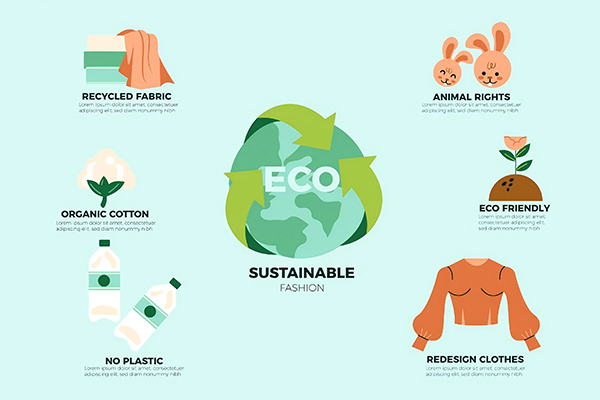
Sustainability in clothing involves a comprehensive approach that covers every production stage. It starts with careful material selection followed by energy-efficient and waste-reducing manufacturing processes.
Industry Practices
Companies are moving toward eco-friendly dyes, recycling water, and limiting carbon emissions. Modern technology helps monitor and reduce environmental footprints throughout production.
Economic Impact
Sustainable practices can reduce operational costs over time and appeal to a growing consumer base that values ethical production.
A quick view table shows key impacts:
| Aspect | Impact |
|---|---|
| Environment | Lower emissions and reduced waste |
| Economy | Cost savings and new market opportunities |
| Social | Improved labor conditions and ethics |
This holistic view allows me to see that sustainable methods are not just environmentally friendly but also beneficial for business growth.
What is the sustainable fashion manufacturing process?
I detail each phase of sustainable production from fabric sourcing to finished product, ensuring minimal environmental impact.
The sustainable fashion manufacturing process follows eco-friendly steps: sourcing organic materials, implementing energy-saving production techniques, and ensuring ethical labor practices throughout. It emphasizes quality control, lower waste, and transparency from design to delivery, making it a complete cycle of care for both people and the planet.
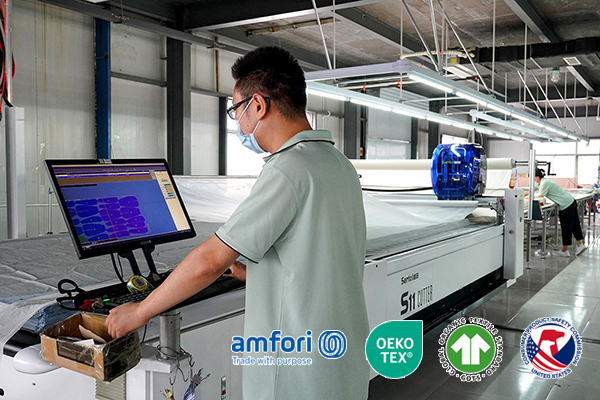
Sustainable manufacturing in fashion starts with detailed planning and material selection, choosing only eco-friendly resources like bamboo and organic cotton. The production process is designed to use less water and energy, with recycled fabrics playing a major role in minimizing waste.
Process Steps
- Sourcing: Locate eco-certified suppliers and choose renewable materials.
- Production: Employ energy-efficient machinery and low-impact dyes.
- Finishing: Use non-toxic treatments and ensure minimal waste generation.
Quality and Transparency
Each stage is documented to ensure accountability and continuous improvement. Suppliers work hand in hand with manufacturers to meet eco-friendly standards.
Here is a simplified process overview table:
| Stage | Sustainable Practice |
|---|---|
| Sourcing | Organic and recycled materials |
| Manufacturing | Energy-efficient techniques and water saving |
| Finishing | Non-toxic finishing methods |
This process not only upholds environmental ethics but also builds consumer trust in sustainable brands.
What are the three types of sustainable?
I clarify the three aspects often discussed in sustainable practices: environmental sustainability, social sustainability, and economic sustainability. Environmental focuses on resource conservation, social ensures fair labor practices, and economic sustainability promotes long-term business viability. Each type supports overall responsible fashion manufacturing.
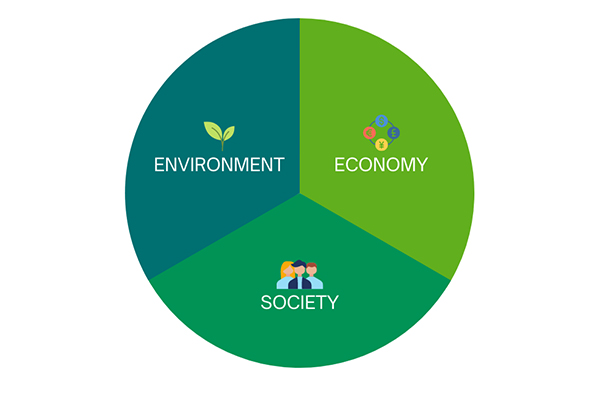
In the context of sustainable garment processing, environmental sustainability emphasizes reducing resource consumption and pollution. Social sustainability ensures that all workers receive fair treatment and safe working conditions. Economic sustainability guarantees that practices are affordable and support continuous innovation.
Environmental
This type focuses on using renewable resources, minimizing waste, and lowering emissions. It measures the direct impact on the planet through innovative production techniques.
Social
Social sustainability involves fair wages, safe working conditions, and respect for human rights. Companies invest in community support and ethical labor practices.
Economic
Economic sustainability means that sustainable methods are financially viable, allowing companies to reinvest in eco-friendly practices and maintain competitive pricing.
Below is a quick-reference table:
| Type | Focus Area |
|---|---|
| Environmental | Resource use, waste, pollution |
| Social | Labor rights, fair treatment |
| Economic | Financial viability and innovation |
Understanding these three pillars helps me balance multiple needs while creating sustainable, high-quality garments.
Are sustainable clothes better quality?
I discuss whether sustainable clothes offer superior quality compared to conventional garments by considering durability and production ethics.
Sustainable clothes often offer better quality because they are made from premium, eco-friendly materials designed for longevity. Ethical production methods ensure careful craftsmanship and attention to detail. Though sometimes more expensive, the long-term benefits in durability and environmental impact make them a smart choice.
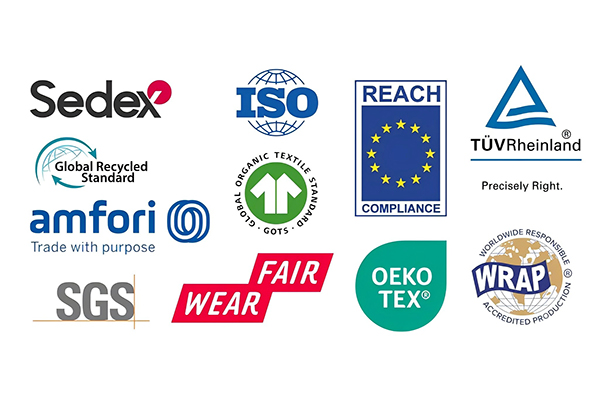
Quality in sustainable garments is multifaceted. Not only do these clothes tend to last longer due to the use of better materials, but the production process itself includes rigorous quality control standards. Eco-friendly fabrics like organic cotton and bamboo are naturally soft, durable, and resistant to wear.
Craftsmanship
Sustainable production emphasizes skilled labor and ethical practices, which often lead to superior product finishing and longevity.
Consumer Benefits
Investing in sustainable clothing means less frequent replacement, reduced waste, and a positive environmental impact. Lower chemical use in dyes and treatments also means safer garments for your skin.
Comparative Analysis
Below is a table comparing traditional and sustainable clothing:
| Feature | Traditional Clothing | Sustainable Clothing |
|---|---|---|
| Material Quality | Varies, often cheaper materials | High-quality organic materials |
| Production Ethics | May ignore worker safety | Emphasis on fair labor |
| Longevity | Often lower durability | Designed for long-term use |
This analysis reassures me that while the initial cost may be higher, sustainable garments represent a valuable investment in quality and ethics.
How can we achieve sustainable garment processing?
I explore practical steps and strategies to implement sustainable garment processing in everyday production.
Achieving sustainable garment processing involves sourcing eco-friendly materials, optimizing production processes, and ensuring transparent and ethical labor practices. By reducing water and energy use, embracing recycling, and using non-toxic dyes, I create garments that lower environmental impact while maintaining style and durability.
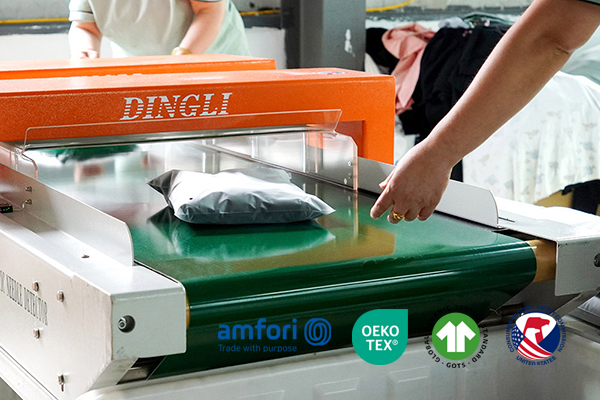
To achieve sustainable garment processing, we must first reexamine our entire supply chain. Starting from material selection, it is crucial to choose certified organic and recycled fibers. I work closely with suppliers who share a commitment to reducing chemical use and water waste.
Strategic Planning
Implementing sustainability begins with auditing current processes and setting clear targets for waste reduction and energy efficiency. This plan includes regular reviews and adapting new eco-friendly technologies.
Collaboration and Innovation
Partnerships with eco-certification bodies and investments in sustainable technologies can further enhance production. Training staff to focus on environmentally friendly practices is key to maintaining standards over time.
Measurable Outcomes
Maintaining detailed records and metrics allows for performance evaluation and continuous improvement in sustainability practices.
Below is a table outlining essential steps:
| Step | Action |
|---|---|
| Material Sourcing | Choose certified organic and recycled fibers |
| Process Optimization | Implement energy and water-saving measures |
| Workforce Training | Educate on sustainable practices |
| Certification & Audits | Regular assessments to maintain standards |
By following these steps, I ensure that sustainable garment processing is not only achievable but also beneficial for the brand and the environment.
Conclusion
Sustainable garment processing transforms the fashion industry. By using eco-friendly materials and ethical production, I deliver quality products that care for people and the planet. Embracing these practices is a crucial step toward a more sustainable future.




